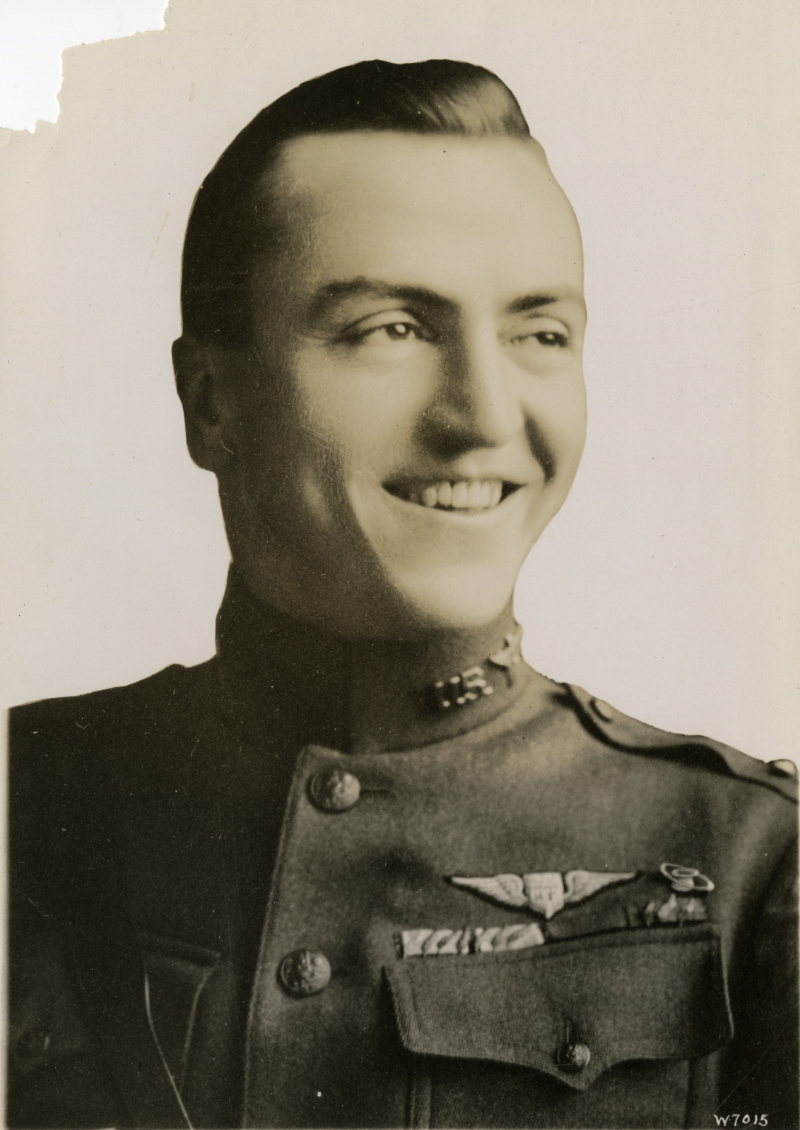Wanaka’s remarkable Warbirds & Wheels museum has just gained another piece of history in the form of a rare 1924 Model C Rickenbacker Roadster. The museum was loaned the rare car by the family of the current owner, the late Ted Aitken, to enable car lovers worldwide the chance to view a piece of engineering beauty.
The car has been in New Zealand since the original owner purchased it from the Chicago factory in 1924, and has remained in Christchurch with various owners since. According to official records, it is the only Rickenbacker outside of the United States. Only 101 of the cars were produced, and this one is a right-hand drive — believed to be the only one of its kind made. The Rickenbacker features a 117-inch wheelbase, 58hp straight-six engine, and four wheel brakes — unusual for a car in 1924.

The car is also significant on account of its namesake Capt. Eddie Rickenbacker, who was an American fighter ace in World War I and Medal of Honor recipient. With 26 aerial victories, he was America’s most successful fighter ace in the war. He was also a race-car driver, automotive designer, government consultant in military matters, long-time head of Eastern Air Lines, and owner of the Indianapolis 500 Speedway. Quite the character, ‘Fast Eddie’ cheated death over 135 times and has been the subject of a number of books and movies, and even penned his own autobiography.
Showcased from January 2015, Warbirds & Wheels will continue to have the 1924 Model C Rickenbacker on display for the foreseeable future.


